


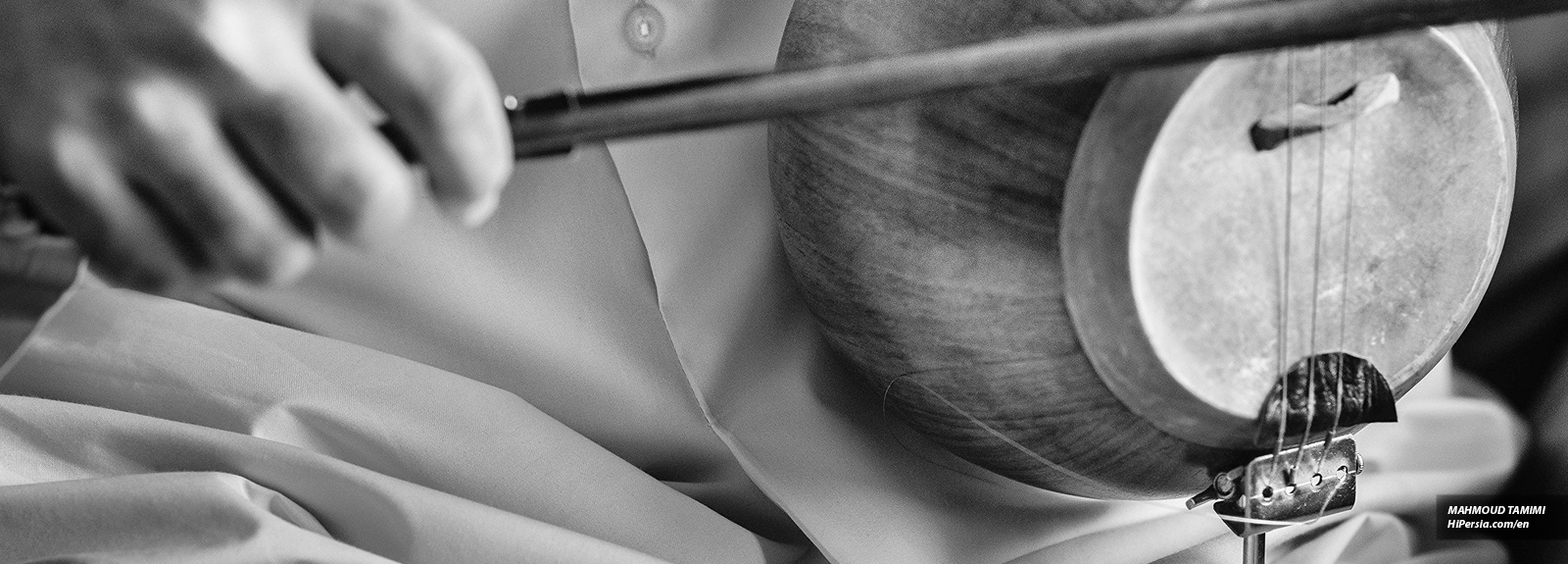
Iran with a vast range and ethnic diversity includes a variety of musical instruments.
Iran, with a vast range and ethnic diversity, includes a variety of musical instruments. Nations of different parts of Iran use musical instruments that are different in construction and audio theme. The multiplicity of musical features, their lifestyle, and accessible equipment have created several musical features and instruments in different parts of Iran. For example, due to the unity in the rhythm of Turkmen's rich music, the Percussion instruments are not popular in this region. Although some Iranian instruments were abandoned over time, the traditional musical instruments are a rich source of the musical culture of Mesopotamia till India. The common Iranian musical instruments are as follows:
Iranian musical instruments are not made in various audio volumes. Most of the Iranian musical instruments shine brightly in low-toned sounds, which are flexible with a singer. Due to this feature of Iranian musical instruments, the Violin enters the range of Iranian musical instruments. The tone of most Iranian musical instruments is equal to the voice of the singers, not louder. Most of these instruments have an audio range of 2.5 octaves. The performance of these instruments is faster than the human voice. Although the dynamic control is hard.
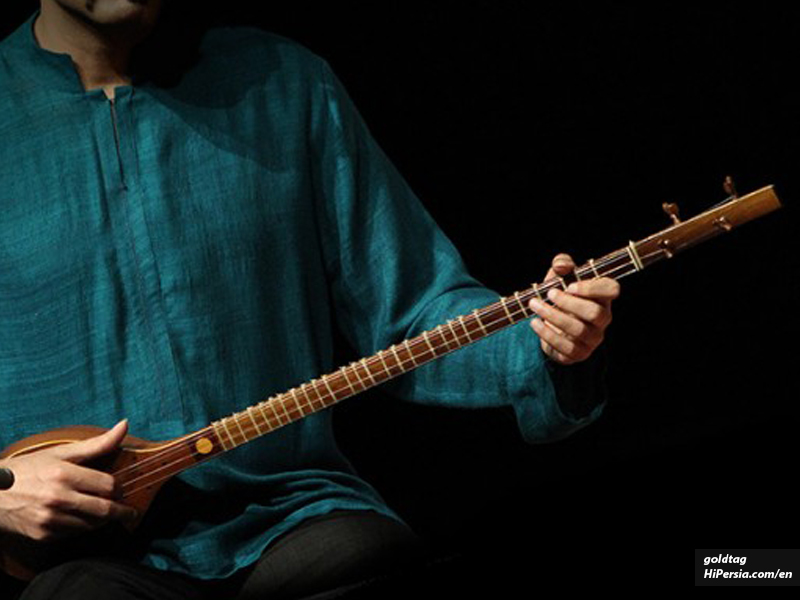
Among Iranian musical instruments, the Tar and Kamancheh have different audio ranges. A player of these two instruments is able to create delicate and tremulous audio at the same time. Both of them are suitable for playing outdoors. The only musical instrument that is proper in the outdoors is Ney. We still face some Shepherd who plays Ney among the plain.
The only Iranian musical instruments that make a strong sound are Santoor, but Iranian musical instruments cannot make a very strong sound at a high level.
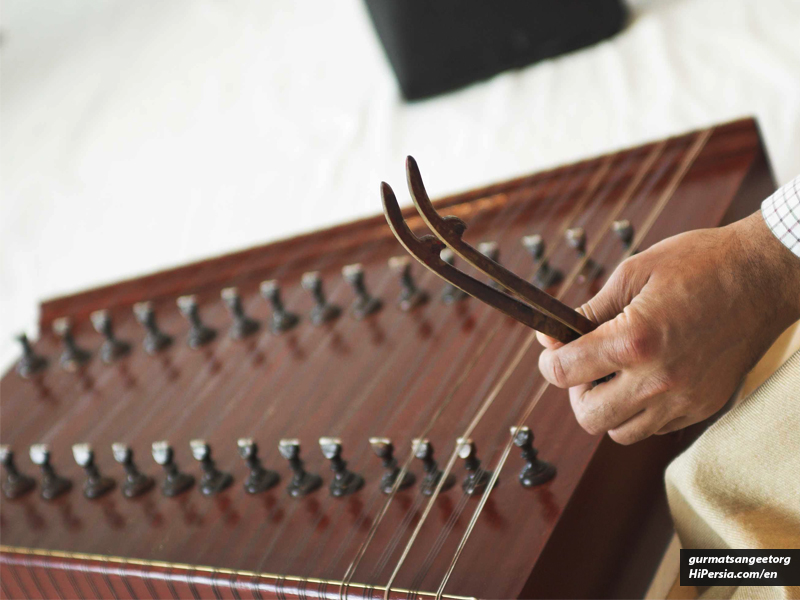
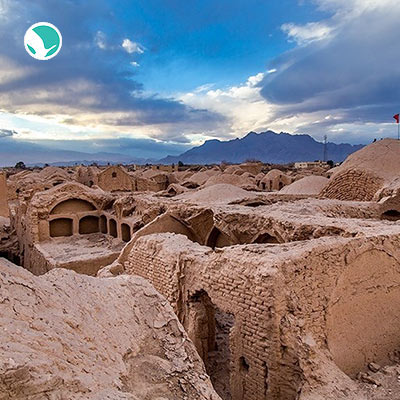
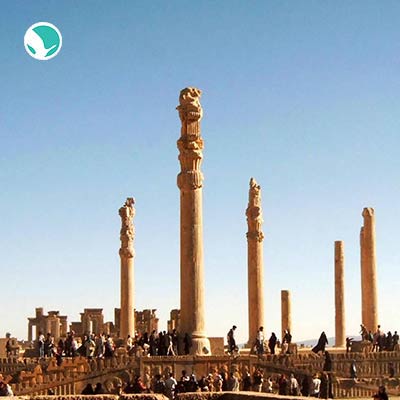

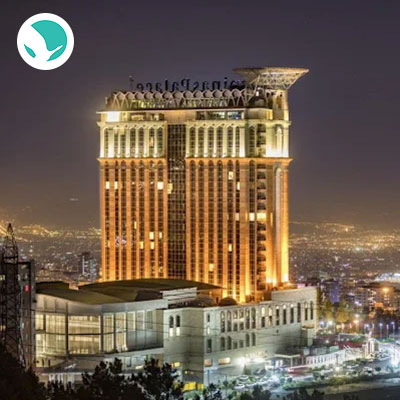
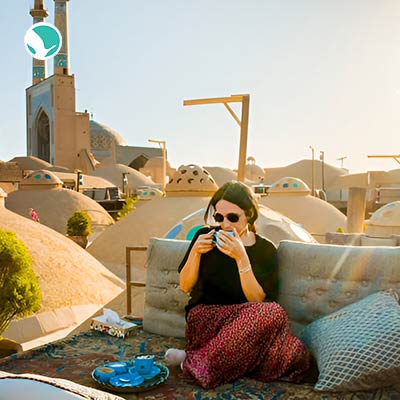
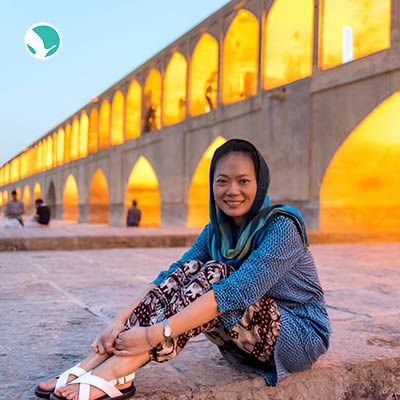
“Oh! Squander not this breath that Heaven hath lent thee, Nor make too sure another breath to borrow!’” Khayam